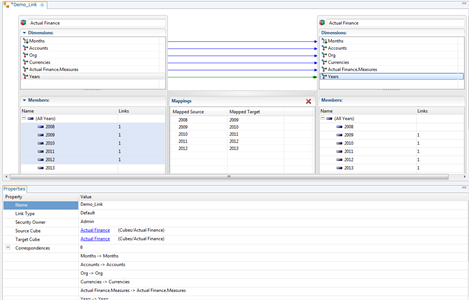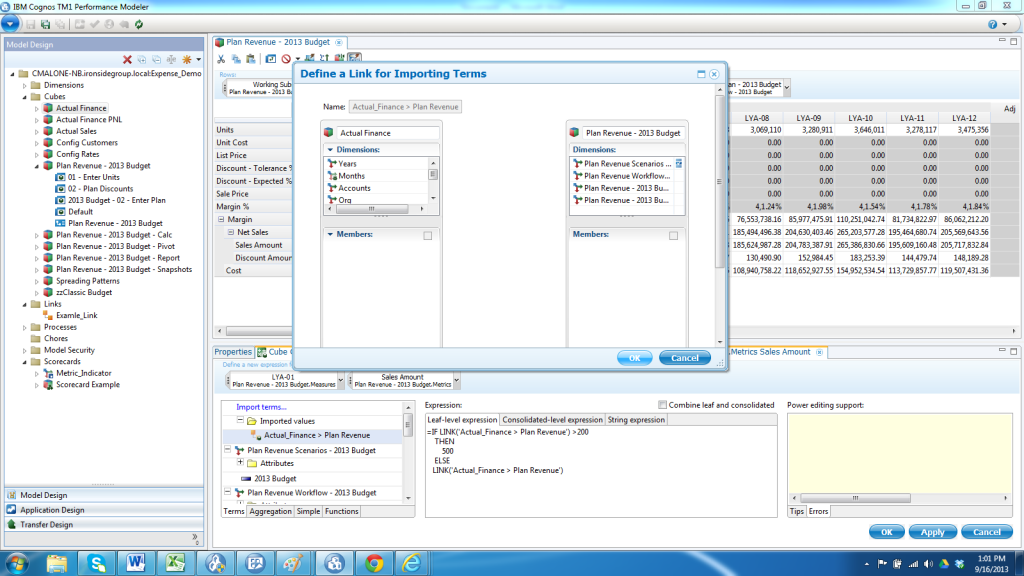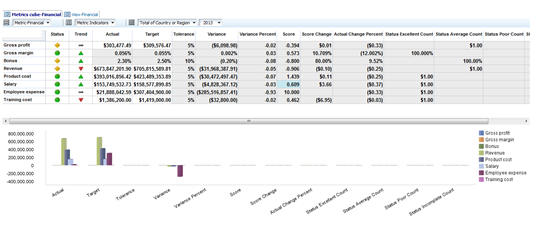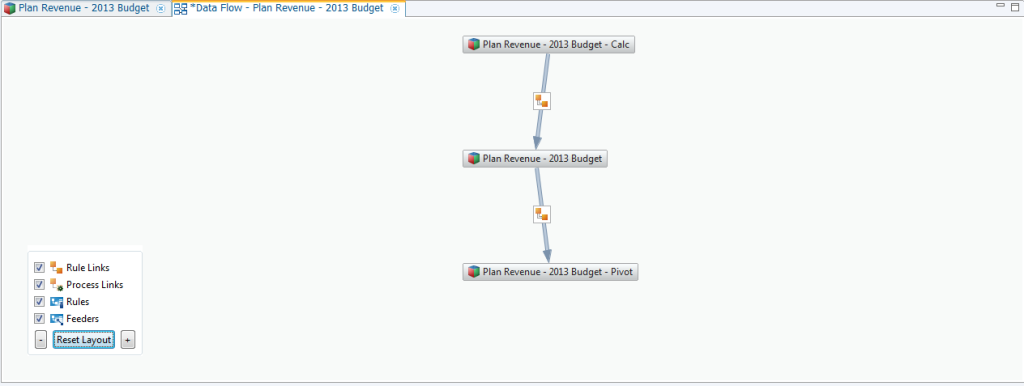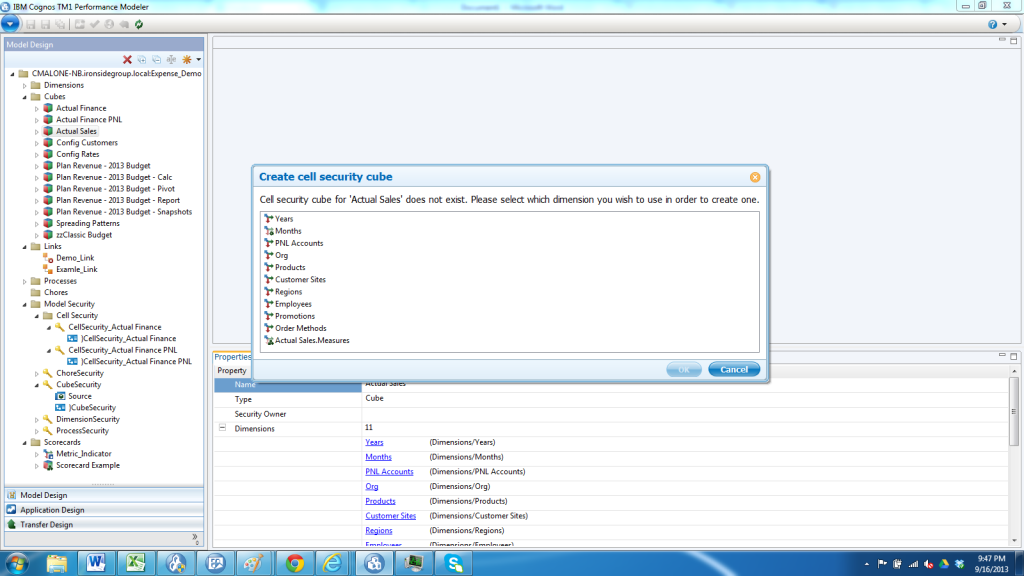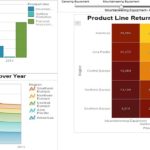Some of What’s New in IBM Cognos TM1 10.2 Performance Modeler
On September 10th, IBM announced the release of Cognos TM1 10.2. This release contains a substantial amount of enhancements and bug fixes, which further integrate Cognos TM1 with Cognos Business Intelligence and provide better performance when planning and forecasting. One major focus area was enhancing IBM Cognos TM1 10.2 Performance Modeler.
There are so many new features and fixes in Cognos TM1 10.2 Performance Modeler compared to Cognos TM1 10.1 that it would be easy to spend days upon days reviewing them. Some of my favorites are listed in this document.
It became clear in the first release of Cognos TM1 10 that one of IBM’s goals was to integrate the best features of Cognos Enterprise Planning, and adding links was a great place to start. The feature however came with issues, as many first release features do.
TM1 10.2 addresses many of the issues from the previous versions and added enhancements. This feature will continue to evolve, but the current release is much more stable and flexible.
Some of the key fixes and features are:
- More efficient generated rules and feeders
- More efficient generated TurboIntegrator process code
- Ability to copy and paste element and element ranges
Cube Calculations
Another feature that appears to reflect the best of Cognos Enterprise Planning is cube calculations. By adding this drag and drop feature, it allows non-technical users the ability to create simple or complex calculations without the need to write code. Both rules and feeders are auto generated by default. However, feeders can be manually written if desired.
Calculations can be created on a single cell intersection or a range of cells (as shown below).
There are many great pieces to this feature and IBM has made it easy to use by not only providing drag and drop, skeleton calculation outlines, and commentary, but also offers the following:
- An expression editor for leaf-level, consolidated-level, and string calculations
- A simple expression editor for the editing and creation of arithmetic and average calculation expressions and a function editor to apply predetermined functions for both leaf-level and consolidated-level calculations
- An aggregation expression editor for consolidated-level calculations
- The use of element attributes through the Terms tab
- The ability to import internal and external links through the Terms tab to be used as part of calculations by creating the reference through “import terms”. This may be one of the best and most overlooked benefits of this feature.
Feeder Optimization
Talk about changing the game. Feeders have always been difficult to get right in Cognos TM1. Overfeeding and underfeeding can cause hours and days of review and tweaking, and until now feeding issues were part of the game.
Although feeder optimization is in its infancy stage, it is rapidly becoming a massive benefit most people won’t even think about or notice.
With IBM Cognos TM1 10.2 Performance Modeler, users can now automatically generate a proposed set of feeders for the cubes in the model. The generated feeders can come from manually or automatically generated rules from calculations and links. Users can also export a feeder analysis report to see what feeders are proposed, without actually writing feeders to the model.
Integrated Scorecards
Probably the most noticeable enhancement to Cognos TM1 is integrated scorecarding. Customers can sometimes find Metrics Studio slower than they would like and somewhat rigid. By combining TM1 speed and overall flexibility with a scorecard and strategy front end, the tool is evolving rapidly into the complete package.
Scorecards that users create in Cognos TM1 10.2 Performance Modeler are displayed in the content pane of Cognos Insight. Each scorecard can contain the following items that users can drag to their workspace:
- Impact diagrams
- Strategy maps
- Custom diagrams that use a custom graphic as the background
Data Flow Diagrams
Yes, you guessed it, another best of Cognos Enterprise Planning feature.
In Cognos TM1 10.2 Performance Modeler, users can see a graphical flow diagram that maps the flow of data from cube to cube in a model. This is created in the application design section of Performance Modeler.
Improved Transfer of Model Objects and Applications
It just makes sense that a focus be put on migration. In previous releases of TM1, migration often was a manual process with plenty of room for error. With the transfer specification editor, users can better manage which objects are copied from a source system to a target system.
A side benefit of utilizing the transfer feature is that it does a very nice job of documenting a substantial portion of the TM1 environment.
Easier Access Settings
Access tables, one of the most beloved features in Cognos Enterprise Planning, have been renamed and brought to TM1. Well, so to speak. In previous versions of Cognos TM1, cell-level security was time consuming to create and maintain and often avoided when possible by developers.
In IBM Cognos TM1 version 10.2, security objects are more accessible, element and cell security is easier to configure, and cell-level security requires fewer dimensions. This means faster security setup and easier maintenance after cube updates.
Next Steps with IBM Cognos TM1 10.2 Performance Modeler
If you have questions about IBM Cognos TM1 10.2 Performance Modeler or want to learn how you can upgrade your environment in rapid fashion, you can contact one of our experienced architects to learn more or visit the Ironside Financial Performance Management team page to see all the ways we can help you ensure your organization’s planning and performance strategies.



